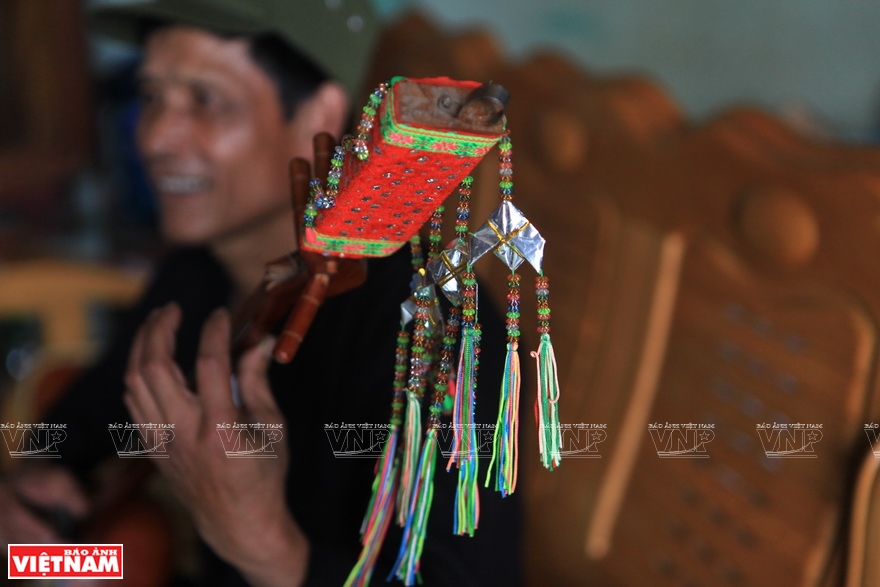
Nong Van Sin has been singing then songs for more than 30 years.
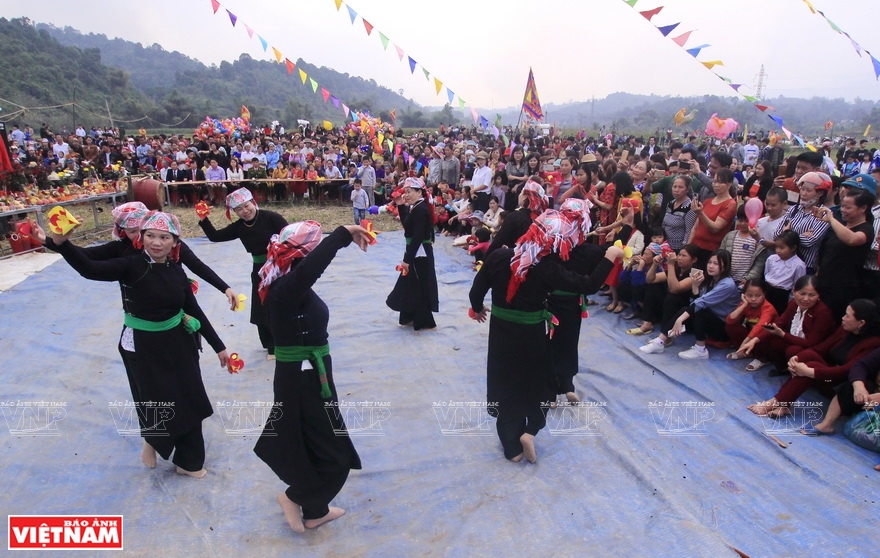
Then singing of the Tay was recognized as a national intangible cultural heritage.
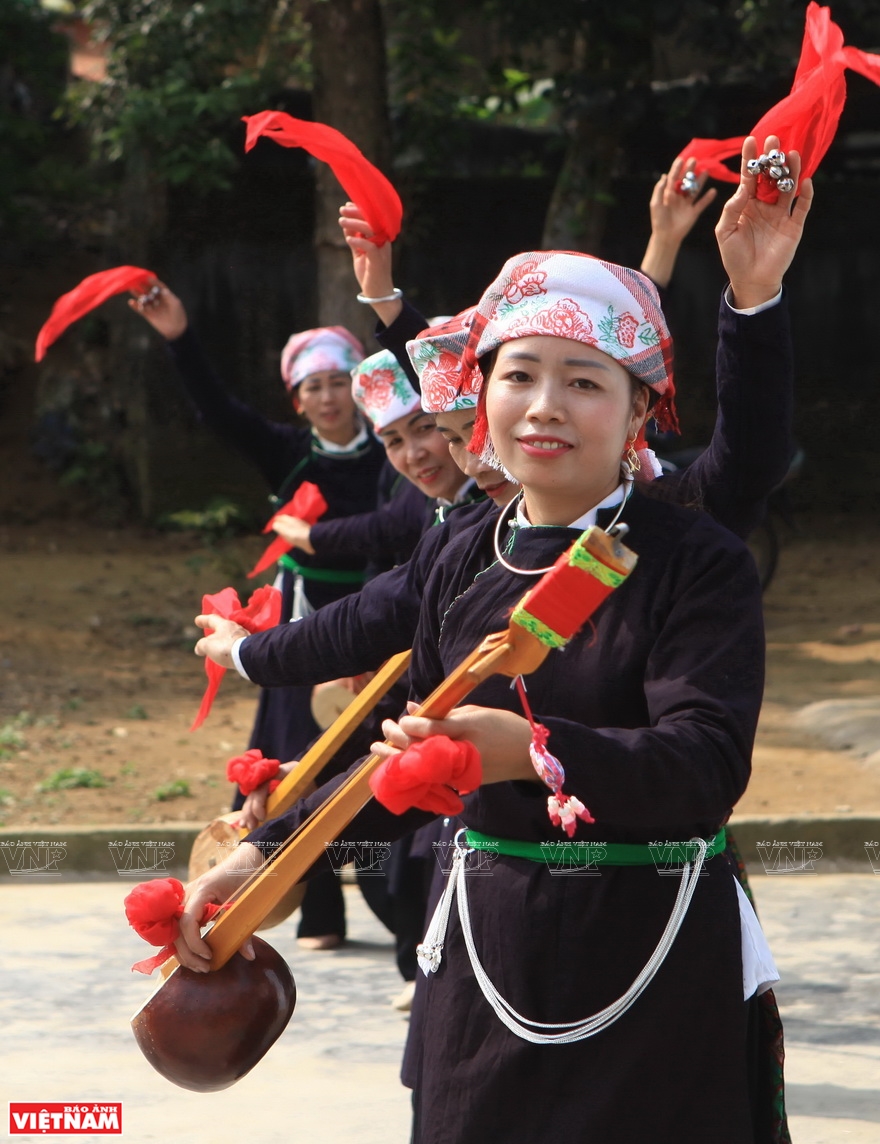
The Then singing group of Pheo village practice ancient then songs.
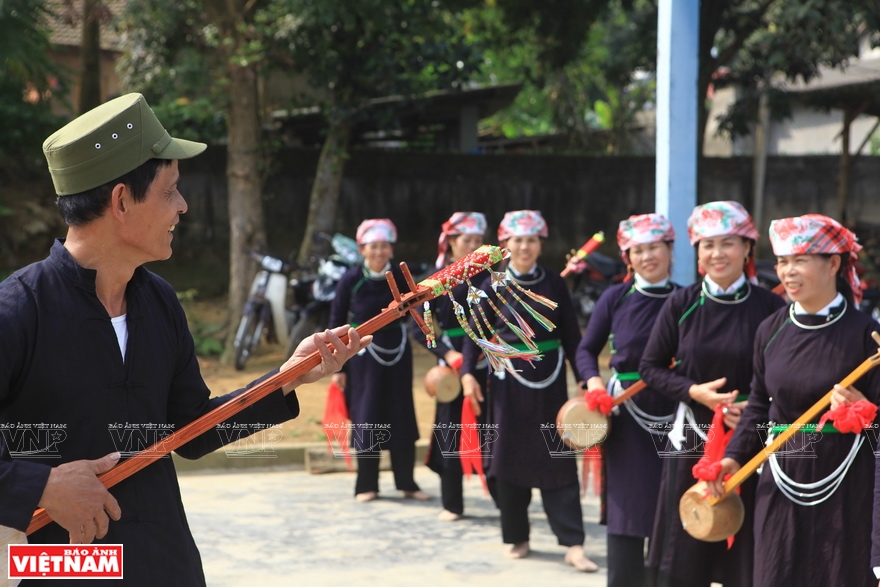
Then singing, which includes dancing, singing and music, holds historical and cultural values of the Tay.
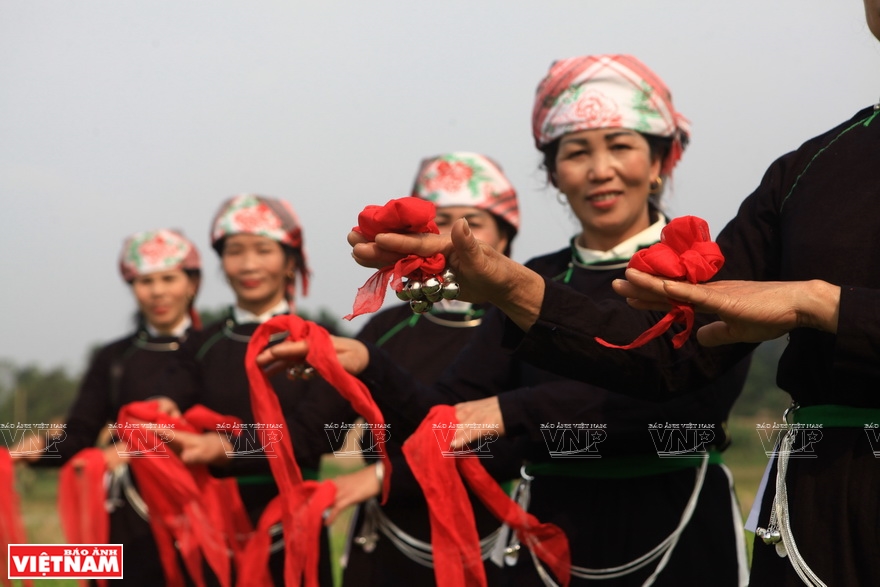
The Then singing group of Pheo village practice ancient Then songs.

Then singing is a national cultural space and a diverse folk artwork that reflects all aspects of life.
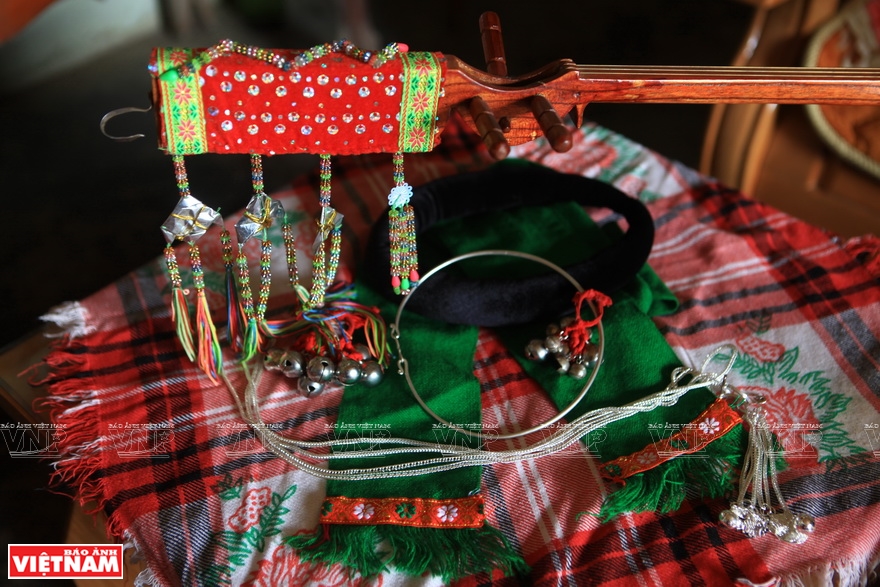
Then musical instruments and costumes. |
|
Apart from ceremonial singing of ancient then songs, new songs are composed by then singers on the basic of ancient melodies. |
Then singing guild in Pheo village, Xuan Giang commune, Bao Thang district, has more than 10 members who regularly practice and perform at the village’s festivals. It is also known across Lao Cai province for winning prizes at art performance events and competitions at district and provincial levels.
In their performances, Pheo village’s
then singers wear a unique headdress, which is the Tay’s traditional scarf, according to Nong Van Sin.
Tay women used to wear this headdress, which, however, has been abandoned. Members of the
then singing guild have ordered the making of these headdresses with a desire to revive old traditions of the Tay.
For his part, Nong Van Sin has made 10
dan tinh by himself. It took him two years to finish them. Making a
dan tinh involves complicated phases from choosing the material, testing the sound and conducting a ritual to ask for the god’s permission to play the instrument.
Besides singing ancient songs,
then singers in Pheo village also compose new
then songs praising the beauty of their homeland.
|
Then singing constitutes a form of cultural and spiritual activities and a type of folk music. Then is composed of nearly 4,000 verses, reflecting all aspects of life. The folk singing has long been a religious and cultural practice of Tay, Nung and Thai ethnic groups in the northern mountainous region of Vietnam. |